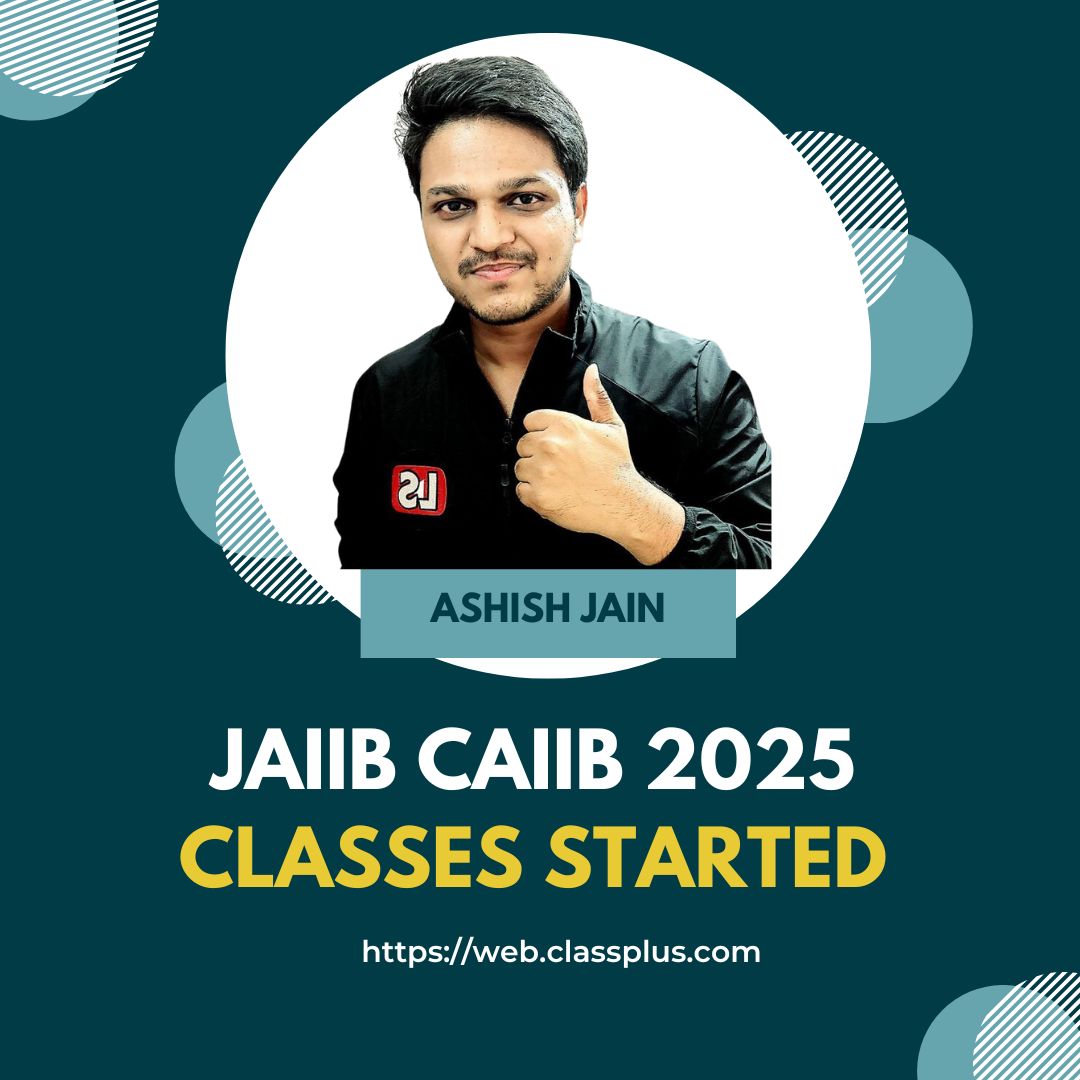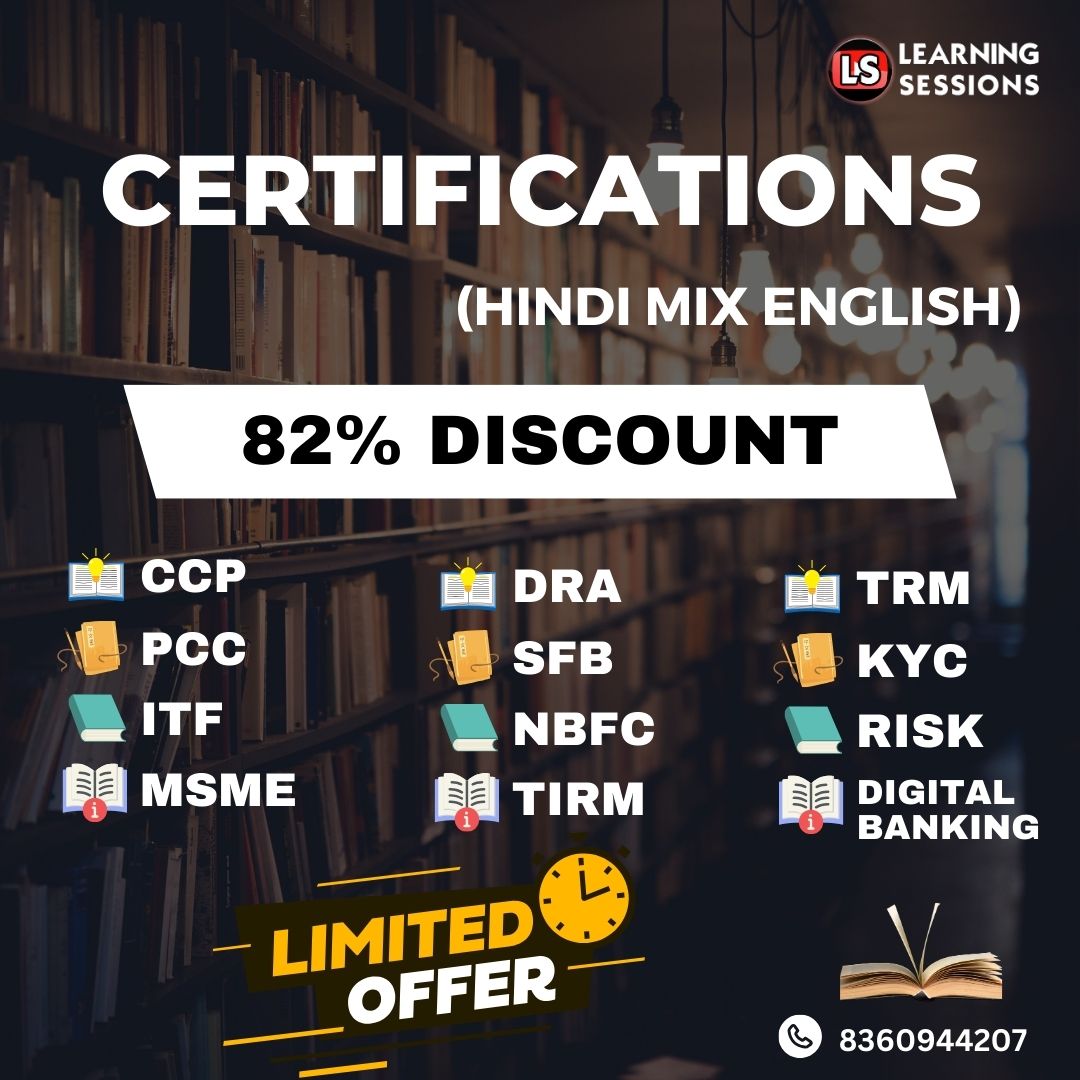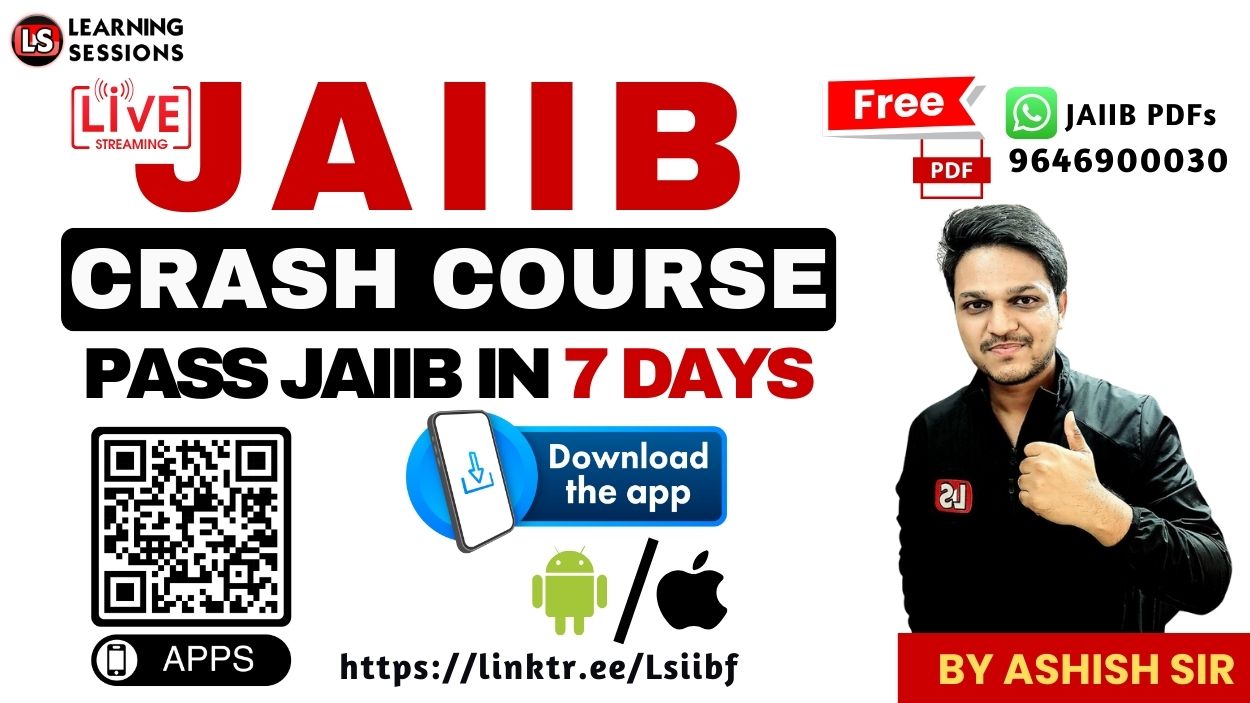Product Development Process in Retail Banking
📚 JAIIB Study Resources 📚
👉 Check Here
👉 Check Here
👉 Check Here
👉 Get Tests Here
👉 Check Here
Module B: Core and Augmented Banking Products
1. Core Bank Products
| Product | Key Features | Purpose |
|---|---|---|
| Savings Account | Earns interest, safe storage, limited withdrawals | For individuals’ personal savings |
| Current Account | No interest, unlimited transactions | For business operations |
| Term Deposit (FD) | Fixed period and rate | Guaranteed returns, low risk |
| Recurring Deposit (RD) | Monthly deposits | Encourages systematic savings |
| Retail Loans | Home, personal, vehicle loans | Meets personal financial needs |
| Cash Credit | Revolving credit | Supports working capital needs |
2. Augmented Products
Banks enhance their basic products with added value services such as internet and mobile banking, investment and insurance options, lifestyle rewards, and 24×7 digital access.
| Type | Example | Value |
|---|---|---|
| Core Product | Basic Savings Account | Essential service |
| Augmented Product | Savings + Mobile App + Free Insurance | Enhanced experience |
3. Specialized Accounts
| Account Type | Key Features |
|---|---|
| BSBDA | No minimum balance, 4 withdrawals per month, KYC compliance |
| Small Account | For customers without full ID proof, ₹1 lakh annual credit limit, valid 12–24 months |
Module D: KYC, Risk Management & Compliance
1. KYC Guidelines
KYC is mandatory under Section 35A of the Banking Regulation Act. It includes identity verification, customer risk categorization, and continuous monitoring for suspicious activity.
2. Customer Risk Management Framework
| Process | Objective |
|---|---|
| CAP | Define eligible customer types |
| RM | Categorize customers by risk level |
| CIP | Verify identity and address |
| MT | Monitor transactions for unusual activity |
3. Account Opening Systems
- Private and foreign banks use centralized processing hubs.
- Public sector banks follow a branch or semi-centralized model.
Module C: Credit & Fee-Based Services
1. Credit Product Portfolio
| Loan Type | Purpose |
|---|---|
| Personal Loan | Short-term personal needs |
| Home Loan | Property purchase |
| Auto Loan | Vehicle financing |
| Overdraft | Temporary liquidity support |
| Cash Credit | Working capital financing |
2. Fee-Based Services
- NEFT & RTGS – Electronic fund transfers
- Demand Drafts – Secure offline payments
- Safe Deposit Lockers – Protection for valuables
- Merchant Banking – Advisory for corporates
3. Third-Party Distribution
Banks earn non-interest income by offering insurance, mutual funds, pension, and wealth management products.
Module A: Product Life Cycle & Development
1. Product Life Cycle (PLC)
| Stage | Key Features | Strategy |
|---|---|---|
| Introduction | Low sales, high costs | Build awareness |
| Growth | Rapid adoption, break-even | Aggressive marketing |
| Maturity | Peak sales, high competition | Maintain loyalty |
| Decline | Reduced demand | Revise or retire |
2. Revitalization Strategies
- Upgrade product features
- Add value through bundled benefits
- Rebrand or reposition for new segments
3. New Product Development (NPD) Stages
- Idea Generation
- Screening
- Concept Development
- Business Analysis
- Development
- Testing
- Commercialization
4. Product Management Goals
| Goal | Description |
|---|---|
| Customer Satisfaction | Meet genuine needs and expectations |
| Business Growth | Increase revenue and profitability |
| Portfolio Balance | Maintain mix of new and mature products |
Final Thoughts
The success of retail banking depends on continuous innovation, strong compliance, and customer-centric thinking. Banks that regularly upgrade their offerings, embrace technology, and focus on customer needs stay ahead in the competitive market.
A successful product isn’t just about profit—it’s about trust, innovation, and long-term relationships.







